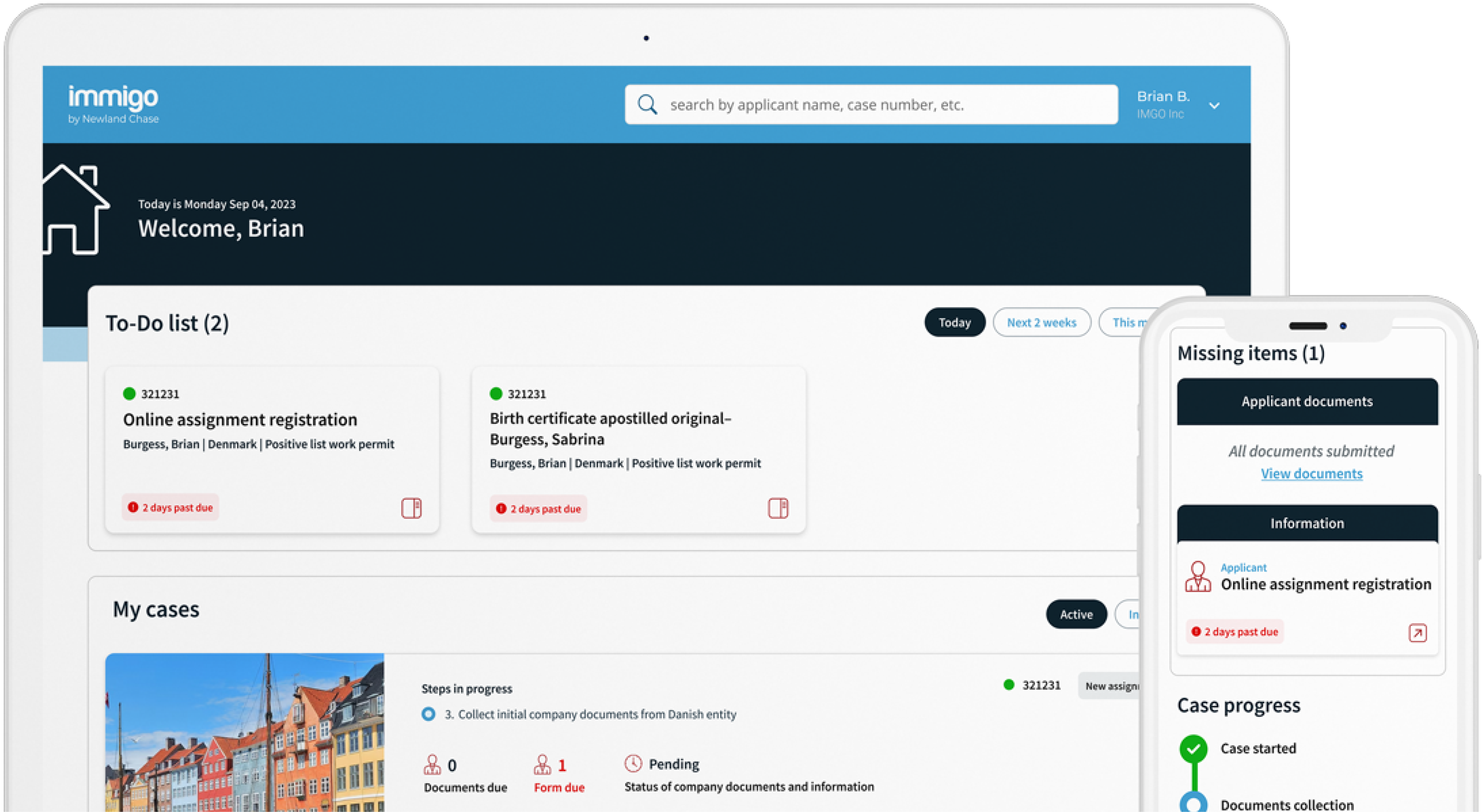Get The Visibility Your Company Needs
Reduce compliance risks and mobility costs while managing individual and project-related travel with ImmiSMART: the solution that unifies your travel and mobility programs.
CANADA: New rules on temporary migrants to protect resident labour market
September 3, 2014
The Canadian Government has recently announced a package of reforms which will overhaul the Temporary Foreign Worker Program (TFWP) to ensure that going forward Canadian nationals are first in line for jobs. In addition new International Mobility Programs (IMPs) are being created.
The Honourable Jason Kenney, Minister of Employment and Social Development stated:
“Our government has been clear that Canadians must be first in line for available jobs. These comprehensive and balanced reforms restore the Temporary Foreign Worker Program to its original purpose”as a last and limited resource for employers when there are no qualified Canadians to fill available jobs. Employers will be compelled to redouble their efforts to recruit and train Canadians. These reforms will significantly reduce the number of temporary foreign workers in Canada and improve labour market information, while strengthening enforcement and penalties for those who break the rules.”
The TFWP will now refer to those streams under which foreign workers enter Canada at the request of employers following approval through a new Labour Market Impact Assessment (LMIA), previously known as the LMO – Labour Market Opinion.
The new IMPs will incorporate those streams in which foreign nationals are not subject to an LMIA, and whose primary objective is to advance Canada”s broad economic and cultural national interest, rather than filling particular jobs.
The reforms to the Temporary Foreign Worker Program include:
· Limiting access to the TFWP to ensure Canadians are first in line for available jobs:
o Wage levels will now replace National Occupational Classification as the main criteria for administering the TFWP, as wages constitute a more accurate reflection of occupational skill level and local labour market conditions. Jobs for which wages are below the provincial or territorial median wage will be considered “low-wage,” while those being paid at or above the provincial/territorial median will be considered “high-wage.”
o The Labour Market Opinion is being replaced by the more rigorous LMIA as the screening mechanism for employers seeking to hire temporary foreign workers. The new LMIA will require that employers provide information on the number of Canadians that applied for a particular job, the number of Canadians the employer interviewed and an explanation if Canadian applicants were not hired. Employers must now also attest they are aware of the rule that Canadians cannot be laid-off or have their hours reduced at a worksite that employs temporary foreign workers.
o Employers with 10 or more employees applying for a new LMIA are subject to a cap of 10% on the proportion of their workforce that can consist of low-wage temporary foreign workers. This cap will be applied per worksite of an employer and is based on total hours worked at that worksite. To provide employers who are above the 10% cap time to transition and adjust to this new cap, it will be phased in over the next couple of years. For those employers that currently have a low-wage temporary foreign worker workforce that is above the cap, effective immediately, when those employers apply for a new LMIA they will be limited at 30% or frozen at their current level, whichever is lower. This transition measure will be further reduced to 20% beginning July 1, 2015 and reduced again to 10 per cent on July 1, 2016. The government may consider lowering the cap further in future. It is estimated that this measure alone could reduce the number of general low-wage temporary foreign workers by 50% in the next three years, based on current wage levels.
o Applications for the lowest-wage, lowest-skill, entry-level occupations in the food services, accommodation and retail trade sectors will be barred from the TFWP in areas of high unemployment (6% or higher).
o LMIAs for low-wage temporary foreign workers will be reduced from the current two-year standard duration to one-year periods.
o To reinforce the temporary nature of the TFWP, the cumulative period during which general low-wage temporary foreign workers will be allowed to remain in Canada will be reduced.
o Employers seeking to hire high-wage temporary foreign workers (with very limited exceptions) will now be required to submit transition plans to demonstrate how they will increase efforts to hire Canadians, including through higher wages, investments in training and more active recruitment efforts from within Canada.
· More and better labour market information for stronger screening, including:
o A new enhanced Job Matching Service will allow Canadians to apply directly through the Canada Job Bank for jobs that match their skills and experience, and provide information to program officers reviewing an employer”s LMIA application on how many qualified Canadians have applied for specific jobs.
· Stronger enforcement and tougher penalties:
o Massively increasing the number and scope of inspections so that one in four businesses employing temporary foreign workers will be inspected by the TFWP each year.
o Expanding the ability to publicly blacklist employers who have been suspended and are under investigation, as well as those who have had an LMIA revoked and are banned from using the program.
o Introducing significant monetary fines of up to $100,000.
The costs for administering the TFWP, including all of the reforms outlined above, will be borne entirely by employers who use the program, not by taxpayers. The LMIA fee is therefore increasing from $275 to $1,000 for every temporary foreign worker position requested by an employer. Changes also mean that Citizenship and Immigration Canada will no longer accept work permit extension applications for positions requiring Labour Market Impact Assessments (LMIAs) until the valid, approved LMIA is in place. Practically, this means that there will be less flexibility to employers with regard to the timing of extension applications and it is advisable to initiate the LMIA several months before the expiration of an employee’s work permit to ensure that an approved LMIA is in place when a work permit extension application is filed.
If you require further advice on Canadian immigration, please contact us.



